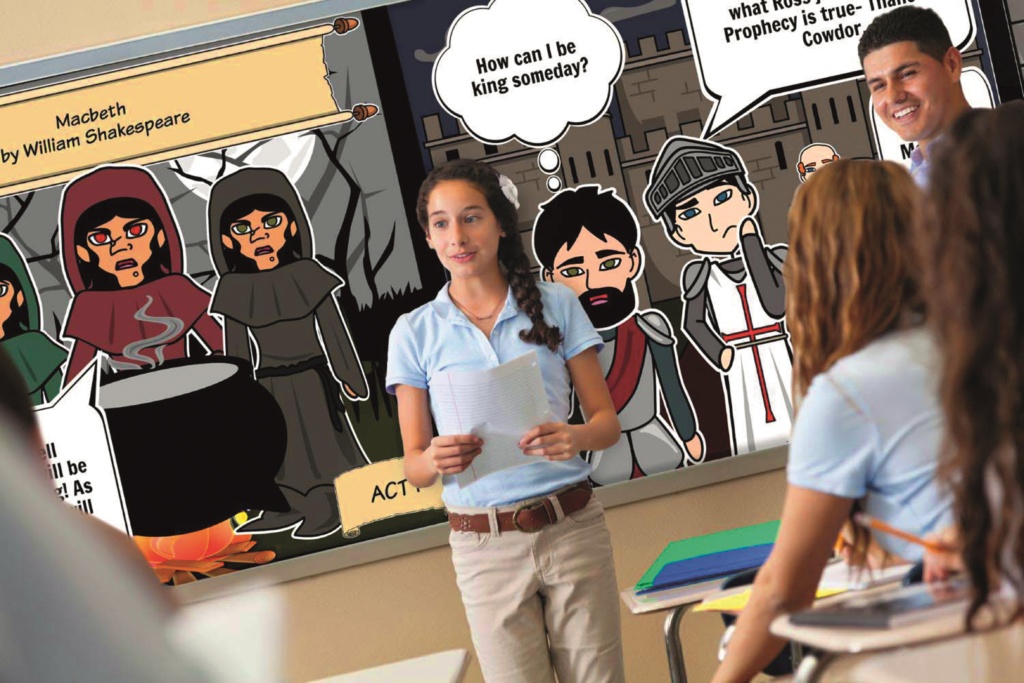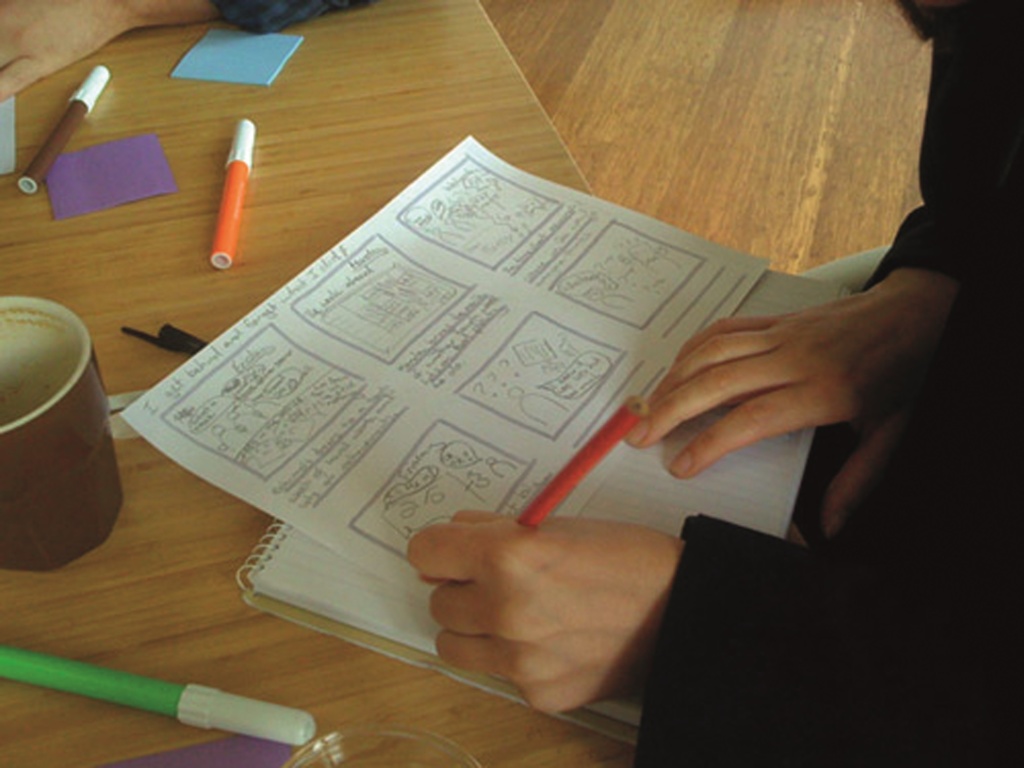
When I was a boy, my father bought me an 8mm movie camera. I was fascinated by it and, every school holidays, took a little band of thesps to carefully chosen locations to make adventure movies, which I edited together with evil-smelling glue. I soon learned to use a camera to amuse, amaze or terrify an audience – my first step to becoming a professional storyteller.
Understanding how to use film also came in really handy in creative writing
at school because thinking filmically helped me bring stories to life on the page.
Language and ideas come far more easily once you learn to ‘see’ before you
write. Being able to do that also enhanced my enjoyment of reading because I
could picture myself at the heart of the action.
In the past, children didn’t have the distractions of DVDs, PlayStations and Xboxes. They used brain power to bring an author’s work alive in their imaginations – creating very personal images of characters, settings, atmosphere, drama and suspense. I worry that, today, constant access to digital media turns young readers (and writers) into passive consumers to such an extent that part of the brain’s creative side ‘switches off’. That said, it is an inescapable fact that kids are growing up in a media age – and that isn’t going to change. We have to embrace it, and I passionately believe that there are ways of using film and TV as forces for good – and that by applying their techniques to literacy work, we can ‘kick start’ visual imagination and stimulate story structure, descriptive writing and vocabulary.
How film links to creative writing
The process of film-making is a highly creative one, and every single technique can be applied to the written word. I encourage the pupils I work with to break their stories down into bite-sized chunks, visualising each element as a ‘sequence’ made up of different ‘shots’. A sequence, you might say, is the equivalent of a scene or paragraph, while a shot is the equivalent of a sentence. As a screenwriter, I don’t think in sentences, I think in shots – filling each frame with details that will help tell the story, create atmosphere and involve the audience at an emotional level. Once I see those images in my head, finding language to describe them becomes much easier.
In television, ‘shots’ are joined together by an editor, just like the pieces of a jigsaw. It is just as important to ‘edit’ a written composition – polishing to add variety, pace and fluidity. Children relish these concepts and begin to write in 3D and in colour. This adds zest to their written work because it becomes more relevant to the media world in which they are growing up.
Let me demonstrate by describing a dramatic situation that uses only six shot types. The action is simple: an old man visits his workshop late at night and gets a nasty shock.
